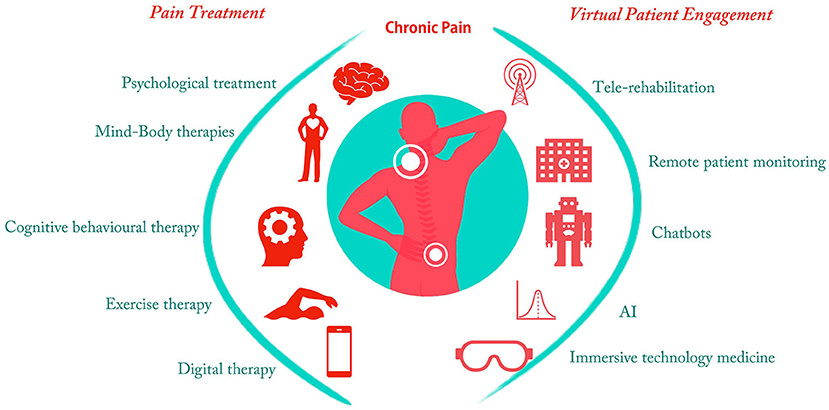Do pain-relief medicines cause side effects?
by Admin
Posted on 19-02-2025 10:33 AM

Otc medicines are medicines that you can buy without having a doctor’s prescription. Some types of otc
pain
-relief medicine are available from a pharmacy and some shops. These are usually for mild-to-moderate pain. There are 2 common types of otc pain medicines:
paracetamol is often recommended as the first medicine to try, if you have short-term pain.
 Nonsteroidal anti-inflammatory drugs (nsaids) is a group of medicines that work by reducing swelling and inflammation, and relieving pain. These include aspirin, ibuprofen and diclofenac. While otc medicines are more easily accessed, they still carry risks. These medicines can sometimes cause unwanted side effects.
Nonsteroidal anti-inflammatory drugs (nsaids) is a group of medicines that work by reducing swelling and inflammation, and relieving pain. These include aspirin, ibuprofen and diclofenac. While otc medicines are more easily accessed, they still carry risks. These medicines can sometimes cause unwanted side effects.
When standard medicines and physical therapy fail to offer adequate pain relief, you may be a candidate for a surgical implant to help you control pain. When they are used, which is rare, there are two main types of implants to control pain: intrathecal drug delivery. Also called infusion pain pumps or spinal drug delivery systems. The surgeon makes a pocket under the skin that's large enough to hold a medicine pump. The pump is usually about one inch thick and three inches wide. The surgeon also inserts a catheter, which carries pain medicine from the pump to the intrathecal space around the spinal cord.
Always follow instructions for taking your medicines safely and effectively. By doing so: your pain is more likely to be well managed you are less likely to need larger doses of medicine you can reduce your risk of side effects . Medicines for chronic pain are best taken regularly. Talk to your doctor or pharmacist if your medicines are not working or are causing problems, such as side effects. These are more likely to occur if you are taking pain medicines for a long time. It is important to use a variety of strategies to help reduce pain. Do not rely on medicines alone.
The goal of chronic pain treatment is to increase function and quality of life. Different types of medicines help people who have different types of pain. For instance, short-acting medicines treat pain that comes and goes. Long-acting medicines treat constant pain. The most common medicines are listed below. Each one has side effects. These can range from mild to severe. It’s important to follow your doctor’s orders on how to use your pain medicine. If you have questions about side effects or about how much medicine to take, ask your doctor or pharmacist. Acetaminophen acetaminophen helps many kinds of chronic pain.
When should I see my doctor?
Nonsteroidal anti-inflammatory drugs (nsaids) are a group of medications that reduce inflammation and pain. They are available in capsules, tablets, or as creams or gels for the skin. However, nsaids may
issues with the stomach and the cardiovascular system in some people. Talk with a doctor before beginning treatment with nsaids.

To begin with, doctors will prescribe the mildest medication they believe will successfully control the pain. This aligns with the world health organization’s (who) guidance on pain management in its analgesic ladder. The who advises doctors first treat pain with nonopioids, such as acetaminophen or nsaids. If pain levels are severe, then doctors may prescribe stronger medications.
Just about everyone feels pain from time to time. When you cut your finger or pull a muscle, pain is your body's way of telling you something is wrong. Once the injury heals, you stop hurting. Chronic pain is different. Your body keeps hurting weeks, months, or even years after the injury. Doctors often define chronic pain as any pain that lasts for 3 to 6 months or more. Chronic pain can have real effects on your day-to-day life and your mental health. But you and your doctor can work together to treat it.
Because everyone's experience of pain is different, individuals need different treatment plans to help manage their own chronic pain. As well as the above, some complementary therapies may be useful: learn strategies to improve your sleep , which can help improve your ability to function well during the day and feel less pain. Join a support group, where you can share your experiences and hear how others in similar situations manage their pain. Seek advice from an expert in pain management. Find a health service — the service finder can help you find doctors, pharmacies, hospitals and other health services.